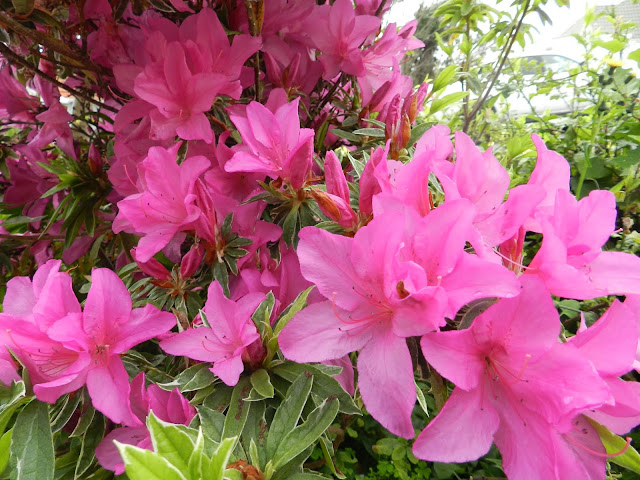Kaitaia is the last major settlement on State Highway 1 as you head north to Cape Reinga, the northern most tip of the country. The population is around 5,000 and the main industries are forestry and tourism. Tourist numbers to the area have been exceptionally low lately, so low that the tour buses along Ninety Mile Beach to the cape have often not been running due to lack of passengers.
When I was planning an activity for a visitor from Australia, a trip to the Cape was top of the list. I've done the bus trip before with the local Kaitaia company, Harrison's and was rather devastated when I was told they didn't have a tour going the day I wanted to go. I thought I might be able to go with one of the tour groups from the Bay of Islands but their tourist numbers are also down and they weren't running either.
But all was not lost. I had chosen to stay two nights at Norfolk Motel in Awanui and I was about to witness what Kim can accomplish to keep her guests happy. I had asked her to book the tour for me so it was she who had to ring me to tell me there were no tours running. None at all - for the first time in her 10 years at the motel. When she told me I went quiet, mainly because I was so disappointed but also because I was trying to think of a way I could juggle the time still available to us to fit in a drive to the Cape. It seems not many people go quiet when they hear similar news because it was that quietness that, when she reported it to Harrisons, prompted them to say they would run the tour for just the two of us and another couple who were keen to go.
I still can't explain my surprise and gratitude to Harrison's for doing that. How many companies would run a truck/bus from 9 am to 4.30 pm, over 200 kms with nearly half of that along the beach for just 4 customers?
Harrison's have designed and purpose built a fleet of powerful all terrain 4 x 4 truck to bus conversions. They are fitted with huge super single tyres and are the first in New Zealand to have this feature. This makes for safer beach operation and passenger comfort. The seats are ordinary bus seats and large panoramic windows ensure you see everything there is to see.
Harrison's photo of their truck bus Cape Runner heading down Te Paki Stream
Depending on the tide, a tour to Cape Reinga will go north along the beach and back down the road or vice versa. The day we went the weather was foul but the atmosphere on the bus was bright and cheerful. It's hard not to be happy out on that magnificent wild west coast beach in the company of Selwyn Subritzky, driver/guide extrordinaire. The wind was strong, forcing the waves well up on to the beach, although it was low tide, and leaving just a narrow strip on which to drive the bus. In conditions like that it's comforting to know you are in the hands of one who has been born and bred in the area and who knows every dangerous quirk a west coast beach has to offer. Forecasted intermittent showers were actually intermittent downpours, there was hail and lightning and every minute of it was fantastic!
The Subritsky Family are almost legendary in the Far North and Selwyn shares their story of early settlement in a way that brings history alive and his love of his land shines through.
I found it difficult trying to stand still out on the beach with my back to the wind to take a photo. My guest managed it on crutches!
Waves as far as the eye could see - and a little seal
One of the features of the tour is departing the beach by driving up Te Paki Stream to the sand dunes just south of the cape which are like a huge natural sandboarding fun park.
Heading up Te Paki Stream
The hardy young English couple were keen to have a go at tobogganing but were beaten by a sudden hailstorm.
A long climb up the dune
Usually the walkway to the lighthouse at Cape Reinga is crawling with people but this day there were only a handful of people, all of them friendly and laughing at the silliness (but fun) of it as we struggled to stand up straight.
Te Werehi Beach with Cape Maria van Dieman barely visible
We ate our lunch in the bus at Tapotupotu Bay as more hail fell but the weather cleared just enough for a quick hop off the bus for a photo.
That was the story of the day really. Deciding whether to wait for the rain to pass or take a walk and be prepared for a quick dash back to the bus.
Every photo was a quick point and shoot. This one at Rarawa Beach on the way back.
I love this part of the country and thank Harrison's and Selwyn, for showing us the best of it - in comfort. I hope the tourist numbers pick up soon and that you both prosper.
































